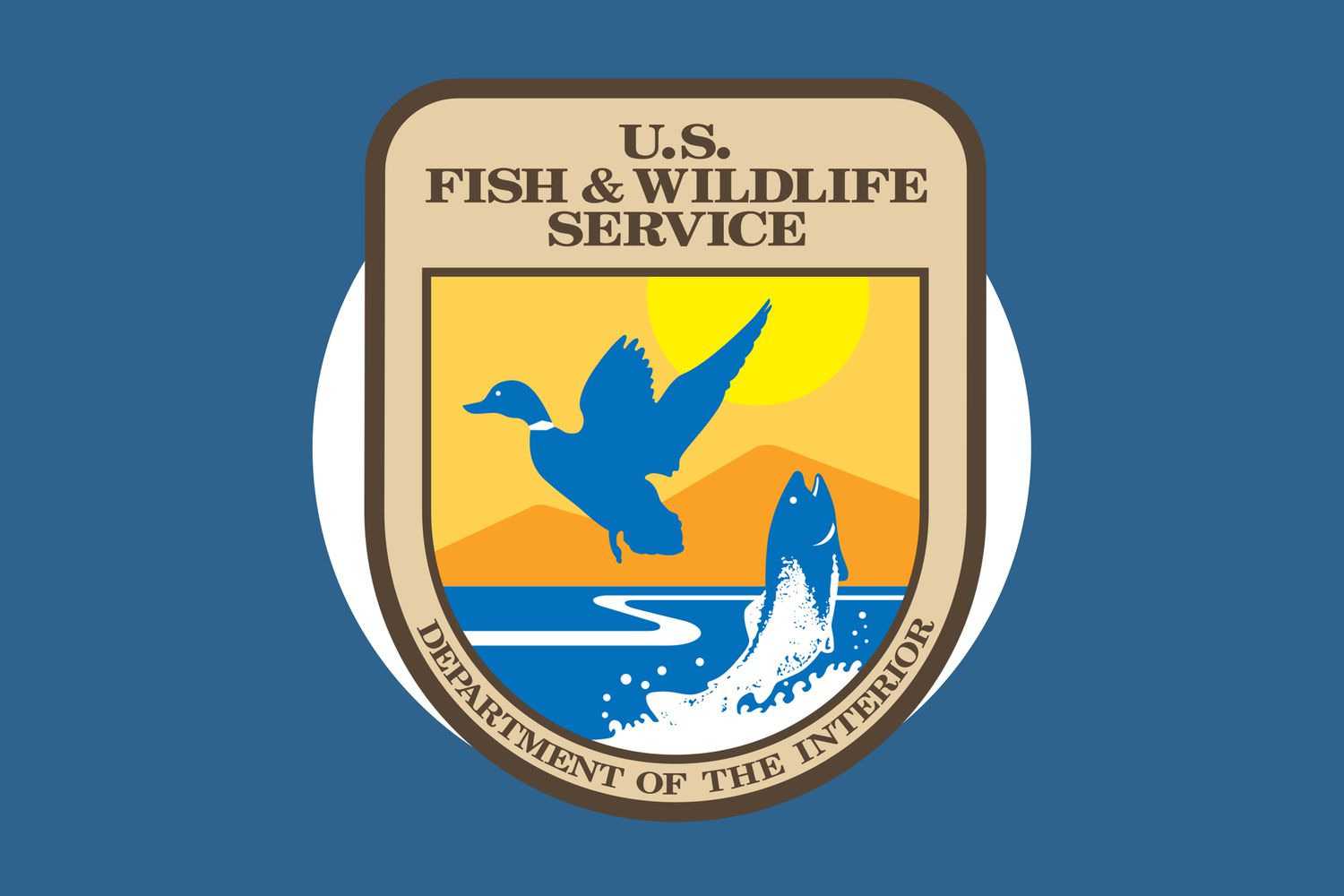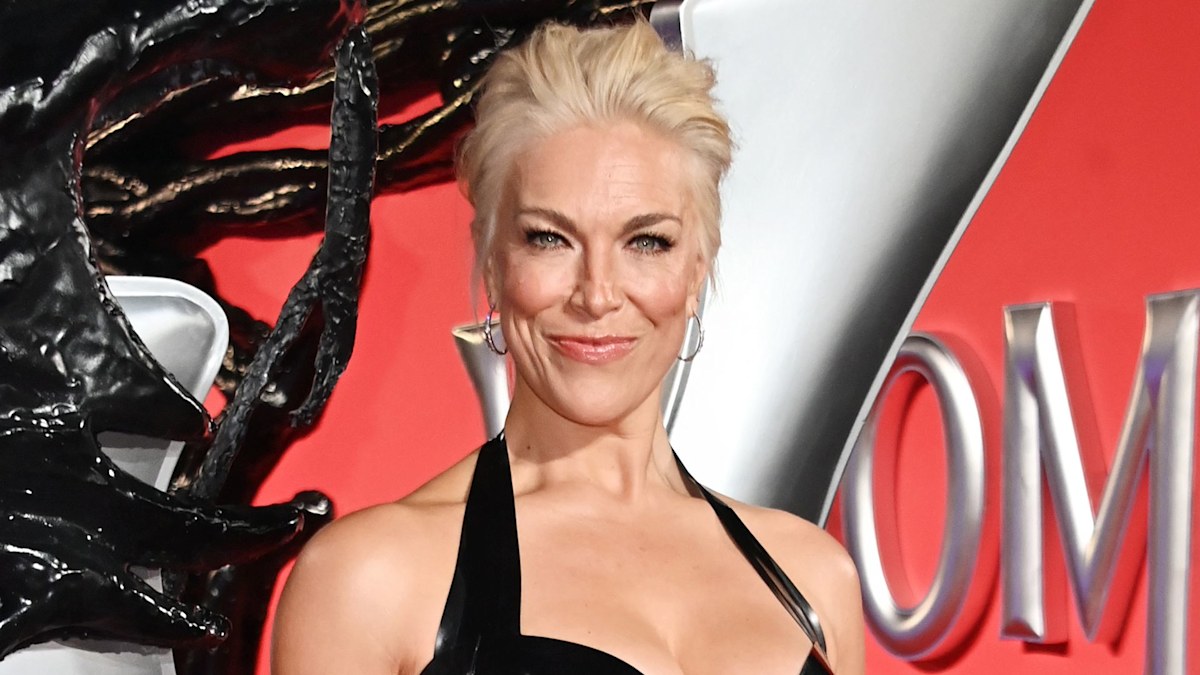
Yes, the US Government Wants You to Eat This Giant Swamp Rat
Key Points
- The U.S. Fish and Wildlife Service is encouraging people to eat nutria, an invasive rodent, to help control its growing population and protect wetlands.
- Nutria were originally brought to the United States for fur but have since caused significant environmental damage through their burrowing and plant-eating habits.
- While some chefs praise nutria as a lean, flavorful meat, experts warn about health risks from eating wild-caught animals, including potential exposure to diseases.
It sort of looks like a beaver but without the cute tail. Its teeth are a bit more garish and orange, but big just the same. And its webbed feet make it an excellent swimmer. According to the U.S. Fish and Wildlife Service, the nutria, a large semi-aquatic rodent, is also rather delicious. And they’d really, really love it if you started eating more of them.
In late February, the government office launched a new campaign aimed at encouraging more people to try the nutria’s gamey meat to help reduce the population of this invasive species.
“EAT ME! Please? I’m invasive and delicious,” the U.S. Fish and Wildlife Service wrote in a Facebook post that also invited people to hunt nutria for their next meal. “It’s National Invasive Species Awareness Week, and this year, please consider the following slogan: ‘Save a Swamp, Sauté a Nutria.'”
As the Fish and Wildlife Service explained, the animal is not native to the U.S. Rather, it was brought here for its fur but escaped captivity sometime in the 1940s, quickly populating southern states. “Their nonstop munching and burrowing destroy the plants that keep marshes stable, leading to erosion, loss of habitat, and wetlands that resemble something out of a disaster movie,” it stated.
And apparently, one of the best ways to reduce this destructive population is to turn them into dinner.
“Their meat has been compared to rabbit or even the dark meat of a turkey,” the agency said. “If your state has nutria, check your local regulations to see the rules for how to hunt, capture, and then ultimately, cook these nuisance critters.”
But is it a good idea?
“Yes — however, there are certain limitations,” Shana Wiltshire, a Southern cuisine advocate and corporate caterer, shared with Food & Wine. “Nutria is lean, protein-rich, low in fat, and nutritionally comparable to rabbit or venison. However, food safety concerns (such as environmental toxins) must be addressed based on how and where it is gathered.”
Foxes and Feathers Photography for Getty Images
Some caution more strongly against it.
“From a health viewpoint, wild nutria are hazardous. These semi-aquatic rodents can carry many pathogens, such as leptospirosis, salmonellosis, and tularemia — diseases that can also be transmitted to humans through various routes other than eating or handling wild nutria,” shared Neal K. Shah, CEO of CareYaya Health Technologies.
“Ingestion of raw or undercooked wild nutria could certainly expose a person to any illnesses the animal has,” Shah said. “Even direct contact with a healthy wild nutria could involve some risk if the animal were to bite. About half of all wild mammals carry some type of zoonotic (animal-to-human) disease.”
But if you’re willing to take the risk, Wiltshire says it can be delightful in several ways: “Braising, stewing, or slow roasting effectively bring out tenderness and flavor. It can be used in gumbo, ragouts, and even tacos when correctly seasoned.”
And, as Wiltshire explained, consuming meats like nutria is an essential part of the Southern food experience. “Eating wild wildlife is a Southern tradition,” she said. “From frog legs and gator tails to raccoons and possums, these foods have historically played essential roles in food security, cultural identity, and environmental balance. Similar to how deer hunting helps regulate deer populations, encouraging nutria consumption could be a sustainable and culturally appropriate method.”










